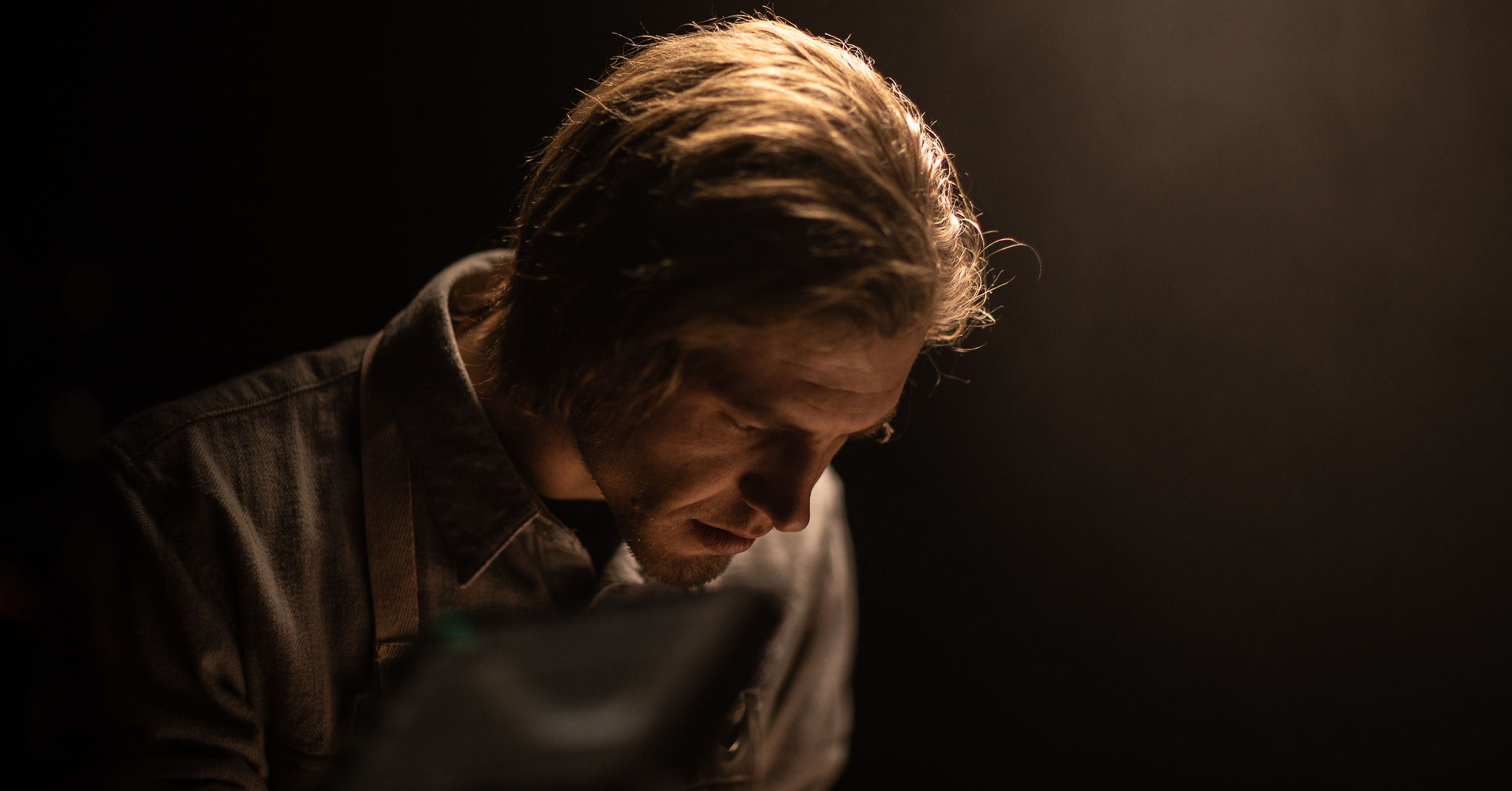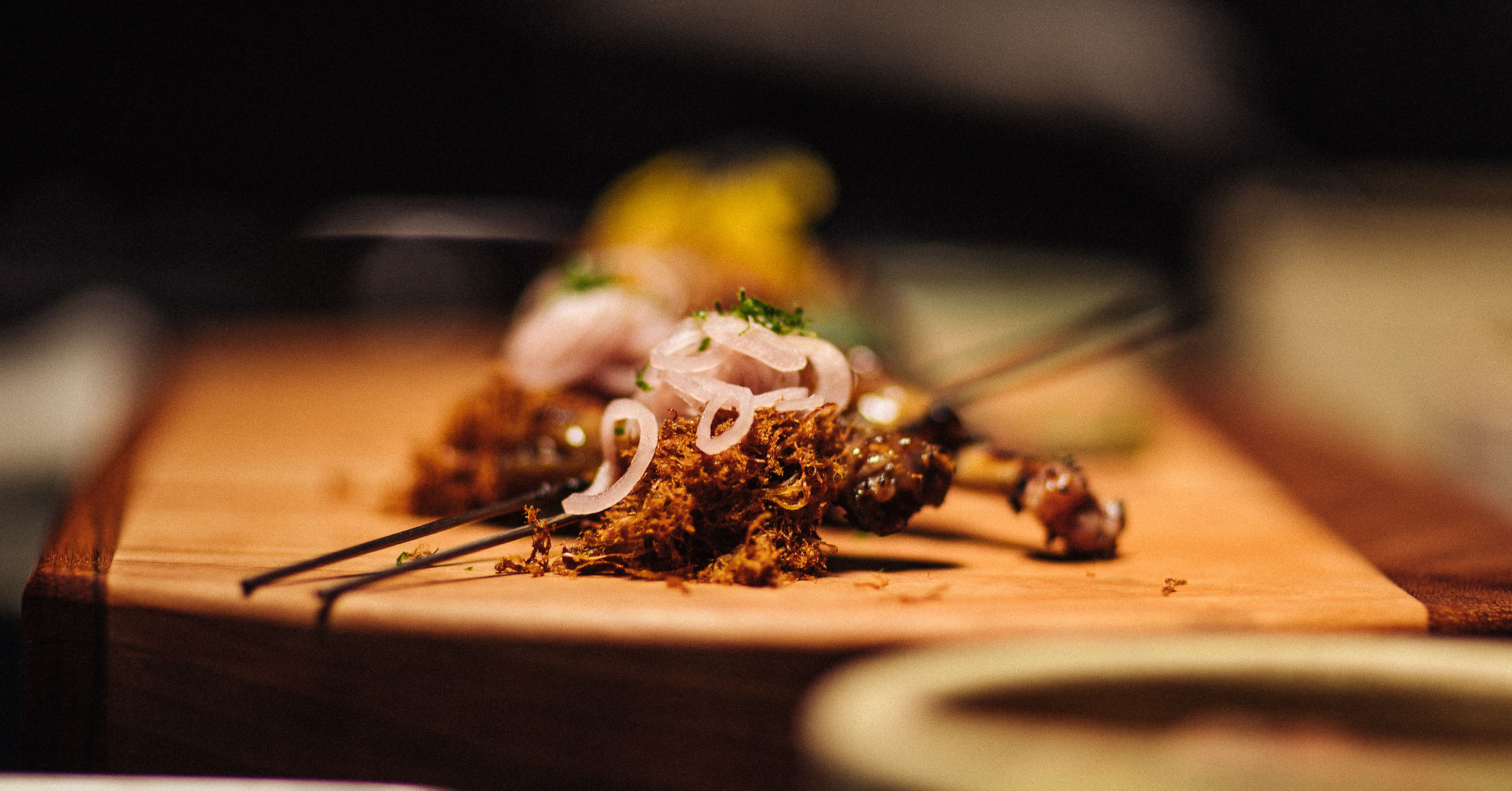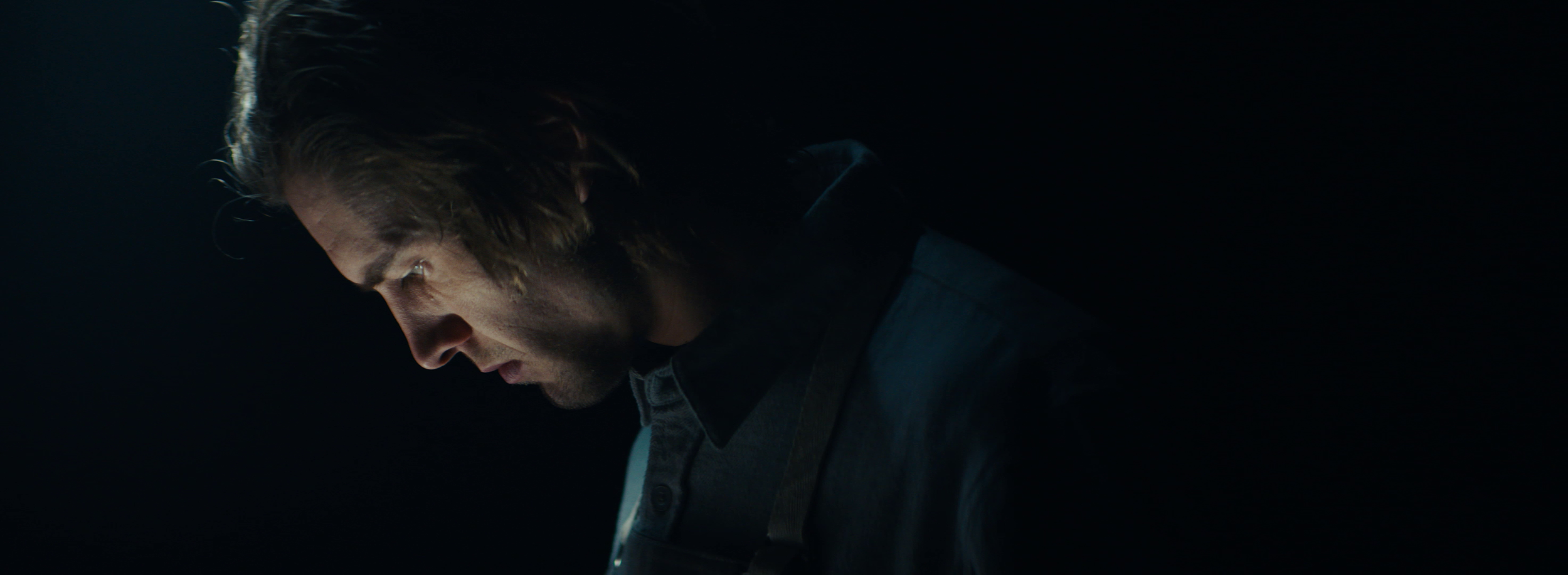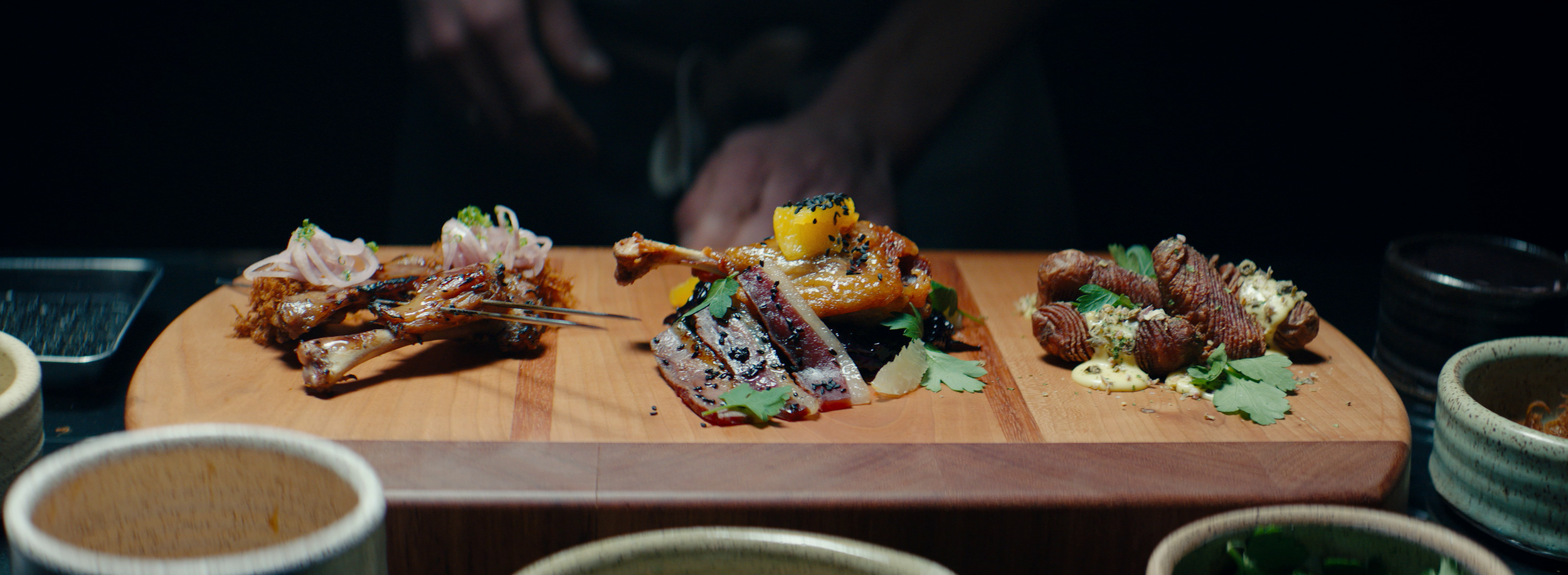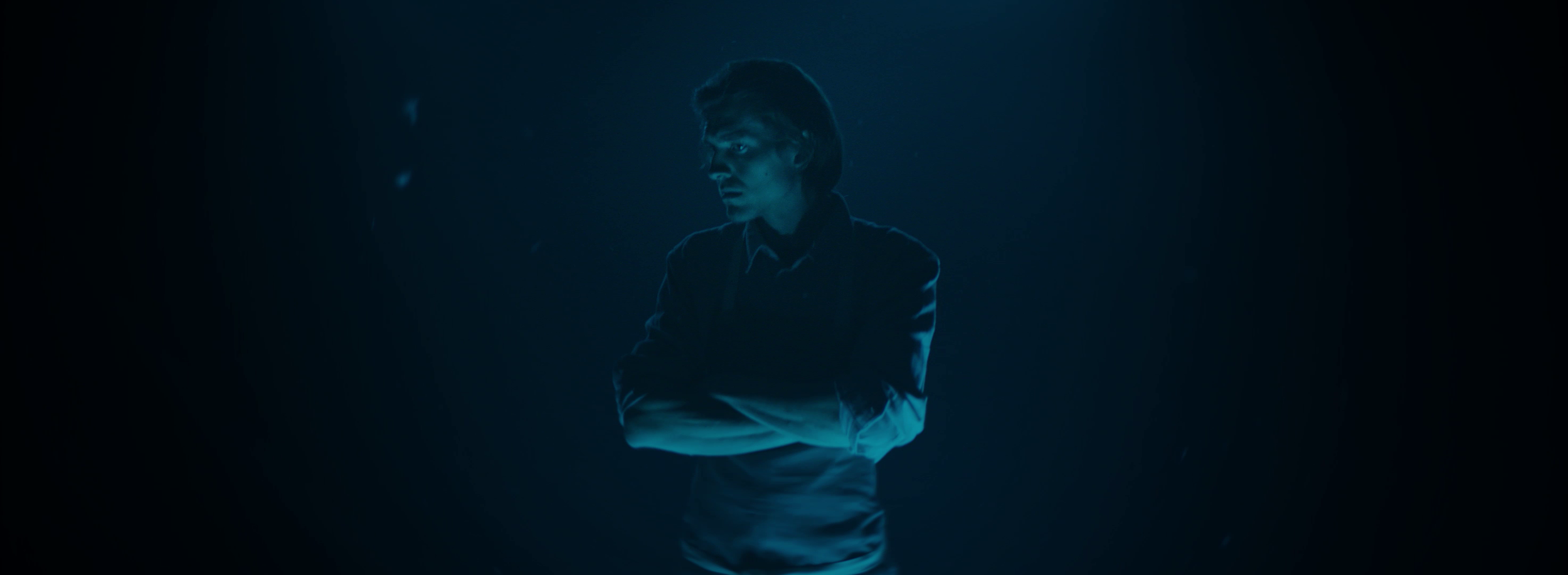I love the challenge of executing something in a single shot. It requires extensive planning, communication, lots of rehearsals, creative choreography, and a little luck. Although this promo for Ghost Hunters ended up with cuts, the original idea and execution were all geared towards a single take which would show us around a house in the process of being actively haunted.
Our location was a historic mansion on Staten Island, the location of a 90s mob hit and a late-1800s suicide. By all accounts, it was actually haunted, but we had to go in and make it look like that and more, all in the span of a 30-second spot.
I was lucky to have a highly communicative collaborator in director Evan Glaser, who walked me through his vision for the spot while listening to my and my team's creative ideas, and the limitations of the location. We started out with a rough walk-through, built up to photos of each room and space, and eventually mapped out the whole shot with an iPhone video. Using that as a base reference, Evan and the creative team then built the spot with speed ramps, cues written in, and voiceover, which would become our template on the shoot day.
So much of creating a single-shot sequence is about repetition. You walk it through over and over, and build on it each time. You find moments that could be sped up, others slowed down, areas that are “dead” and need some sort of action, where you can hide lights, what obstacles the operator has to avoid, etc.
Once you arrive on the shoot day, it feels like time has stopped. We planned our day around the idea of shooting right before dusk, so that we could shoot until it was too dark. The goal was to have just a little blue in the sky so we could see our house at the end. We spent almost 6 hours lighting, running cables, coordinating “jump-scare” gags, and rehearsing the move. I will usually spend the time to come up with better looking plots, but due to the tight turnaround between the scout and shoot, I opted for photos and overheads with written notes to get my crew on the same page.
It felt like we weren’t getting anything done, despite the flurry of activity. But suddenly the sun hits the right spot in the sky, the lighting cues are all set, and the AD is anxious. So you start to roll, and very quickly, it all comes together beautifully.
Gaffer Billy Macartney used a DMX board to control all of the lights in the spot. From his control booth on the porch, he was able to cue light flickers, lightning effects, and make adjustments from take to take when something was too colorful or too bright.
This spot was lit with a K5600 Lighting Joker 1600 with an Octobank to create our moonlight from outside. As we progress through the house, we use an Arri Skypanel S60c to wrap the moon beams around the house and into the dining room, where a 1k Parcan on a doorway dolly creates our moving-headlights gag, casting a creepy shadow on the far wall. Astera Titan tubes fill out the next room and hallway for lightning strike effects.
An equally crucial contributor was Steadicam operator Tanner Carlson, who added his own flair to the move, finding moments that could be adjusted to help the overall flow of the spot. He also proved adept at avoiding obstacles in the tight hallway, and was able to navigate backwards down the front stairs and land on a perfect frame of the car pulling in every time.
Check out the final spot below:
As always, the conversation continues on Instagram (@dkruta). Please feel free to send me any questions or comments. I love chatting about cinematography and I’m always interested to hear your thoughts.







